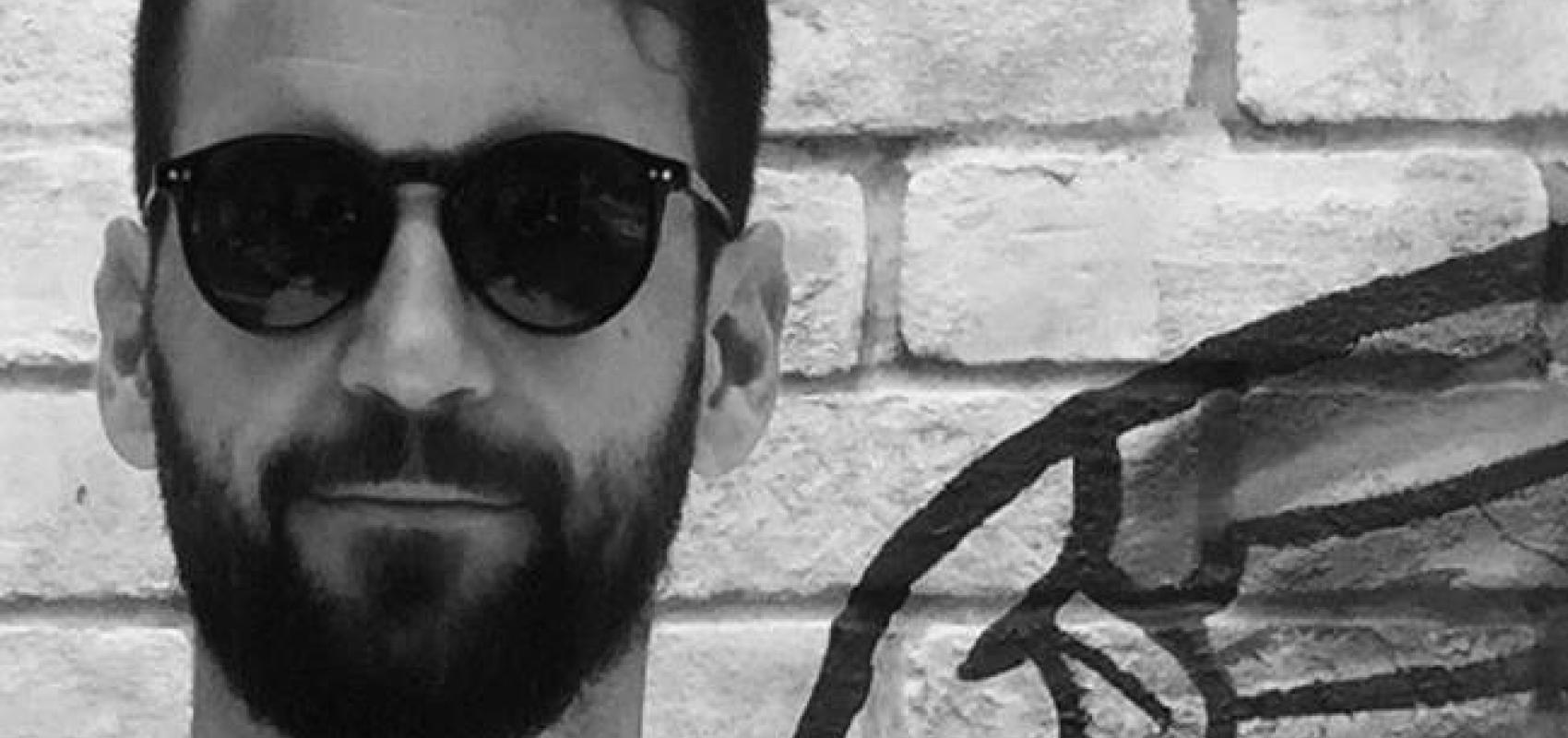{C} {C} {C}
Leonardo Salgado never thought that with a pile of tapes discarded from a projection room he could reach so much. His artistic sense of smell indicated to him that it would be good to have them in his possession, for sure, one never knows how the imagination works. Someday they will have some other destiny, an inner voice told him.
And so the most heterogeneous muses marked the path of the creator, who later decided to give another artistic value to those rolls of celluloid stripped of useful life, at least in regard to its initial purpose.
How does the work of a series with cinema tapes come about? Why bet on this discourse?
I've always been interested in working with materials that add content to the works. For all my personal exhibitions, I have selected materials that support the ideas that I am interested in transmitting, and from them I have worked. I also use, in general, two working methodologies: the first is when I have an idea and I dedicate myself to looking for the materials to develop it, and the second is when I am interested in working with a specific material and I propose to look for ideas where I can use them.
The case of the tapes was the second, when by chance I came across the dismantling of a screening room and I took home all the films I could. The idea for this series came much later.
Cinema tapes are a very attractive material visually, and at the same time very little seen, because in general the tapes are used as a projection tool, as a means to observe the work (which is projected). In my case I use the film as an aesthetic object and I base myself on the work-artist relationship to, from a manual edition of the film, show characters, landscapes or moments that develop in the same films that I use to build the images.
What value do you attach to the objects with which you work? Can the material have more weight than the work itself?
All objects and materials have implicit content. When a specific material or object is selected to form part of a work, its content can be minimized or enhanced depending on the artist's intention.
In my works I prefer to enhance the content of the materials, as it can enrich the final discourse of the work in an extraordinary way. In my opinion, an interesting material, which brings conceptual and formal values to a work, is an added value when it comes to consuming it. It also depends on the type of work that is done; each artist creates their own universe with their own rules.
Of all the arts, the plastic arts are the least directly connected to cinema, in relation to theatre, music or dance; do you think this has changed in recent times?
The relationship between cinema and the plastic arts has always been very close, to the extent that there have been great artists who have been filmmakers and vice versa. It must also be said that cinema and the plastic arts share the still (or captured) visual image as the main form of expression and the closest kinship one can have; therefore I don't think they've ever been far away. A moving image is simply many images captured and/or projected consecutively. Technology has varied the ways of capturing images, but I don't think the essences and creative concerns of artists have varied much.
Who is Leonardo Salgado within the context of Cuban and universal art?
I'm interested in transmitting ideas and I believe that each idea has an ideal way of concretizing itself. That's why I don't worry about my own formal or thematic styles. Leonardo Salgado is an artist who explores new ways of saying what he thinks through objects, small like a coin or a word; or big like a gallery. A person who has not lost the ability to search all the time, nor to rejoice when he finds.
SEE WORKS OF LEONARDO SALGADO





